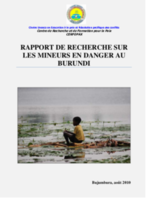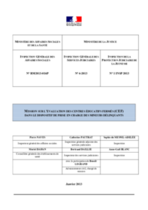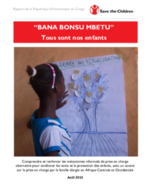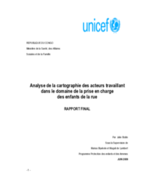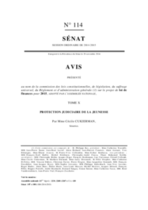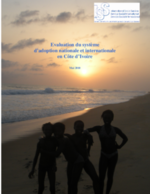Haiti, mettre fin aux abus des adoptions internationales
La loi doit empêcher les trafics d’enfants sous couvert d’adoption en Haïti, et les organismes de protection de l’enfance devront prendre part à la surveillance du bureau national des adoptions à créer. L’experte de Terre des hommes (Tdh) rentre d’une mission qui lui a permis de rencontrer des acteurs-clés, avant l’examen par le Sénat haïtien de la loi sur les adoptions.

